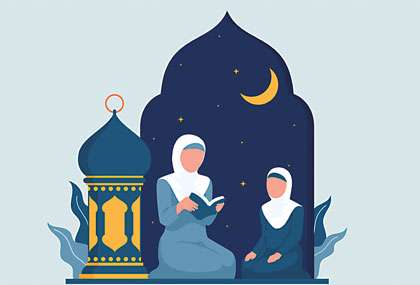The ‘place’ of a Woman
Although literacy is said to be high in Sri Lanka, many women are yet unable to read, write and understand text due to early school drop-out. Following marriage, family responsibilities take precedence over any further education – even vocational. Nevertheless, most of these women are determined to develop latent talents as well as provide for their families as one breadwinner is proving to be totally insufficient. If and when faced with the death of a spouse, separation or divorce, the woman falls prey to unscrupulous sources who waste no time in trafficking.
Published Factors & Indicators
Indicators such as life expectancy, literacy, infant, child and maternal mortality are impressive at a national level, and are directly correlated with historically high government investment in basic health and education. Around 22% of all households in Sri Lanka are female-headed. Many of these women have been thrust into the role of breadwinner with little knowledge of income-earning methods and few coping skills. Moreover, the word ‘widow’ has connotations of a deplorable and pitiable condition. Social isolation and poverty are inevitable. Another factor that does not appear in national statistics is the regional variation in female literacy, which has remained at 87% for several years. Urban and rural disparities still exist, and are not represented in national gender development indexes. Female literacy in urban areas is 91%, while the rural rate is 78%. Furthermore, some statistics, such as the 65% rate of anaemia among women, are not even included in some printed documents.In 2015, 60% of enrolment in state higher education institutions was female, and 68.5% of graduating students were female. Most disciplines currently produce a higher percentage of women graduates with notable exceptions in engineering (21.5% female) and computer science (41.8% female). Source : opendemocracy.
Please click on the link below to read full article.,
http://subs.epaper.lk/Epaper


Leave a reply
Reply To:
Name - Reply Comment


Comments